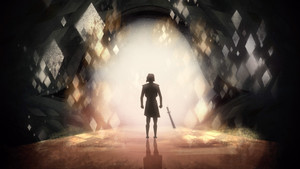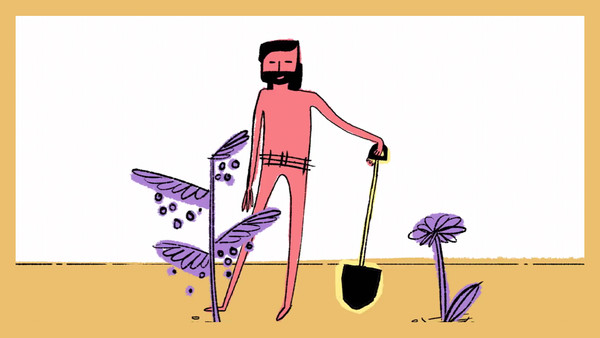

Image of God
What does it mean for humans to be made in God’s image? In the opening pages of Genesis, we see God create humanity as his co-rulers of creation, but things quickly go wrong when humans rebel and forfeit their role. Jesus comes to set right humanity’s rebellion, opening up a new way of being human through his life, death, and resurrection.
Reflect
Compare Genesis 1:24-25 with Genesis 1:26-28. God makes animals, patterning them after their kind. What likeness does God pattern humans after, and what does he bless them to do?
Read Genesis 1:28-30 and 2:15-18. What does God want his image bearers to rule over? What does he want them to multiply?
Let’s continue to follow the story by reading Genesis 3:1-7. How do humans forget about their identity as bearers of God’s likeness? How does the animal rule over the humans, and what multiplies?
Consider again how God creates his living images to rule with him as you compare Genesis 1:27-28 with Exodus 20:4-5. What ends up ruling over humans when they create carved images for themselves, and how do consequences multiply through generations?
Consider how Jesus—the exact image of God (Hebrews 1:3)—chooses to rule. Read Matthew 20:25-28. To rule as image bearers like Jesus, what does Jesus instruct us to do?
Jesus shows us the mindset we need in order to rule as images of God. Read Philippians 2:3-15 and describe the attitude of Jesus, the complete image of God. What is one way we can shift our mindset to be like him?
Jump In
Downloads
Biblical Themes
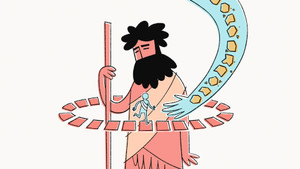
The Exodus Way

The Mountain
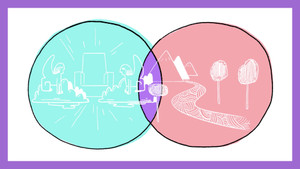
Heaven & Earth
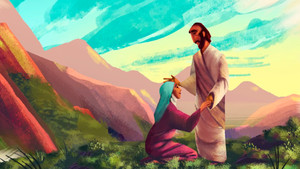
The Messiah
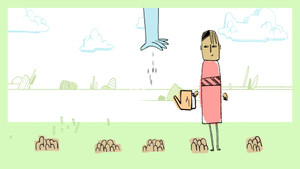
The Covenants
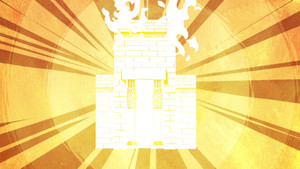
Holiness
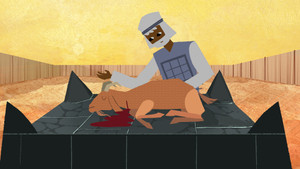
Sacrifice and Atonement
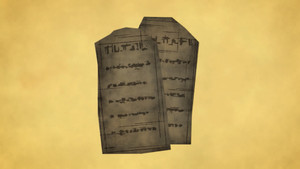
The Law
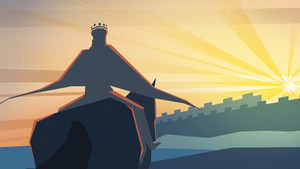
Gospel of the Kingdom

Image of God
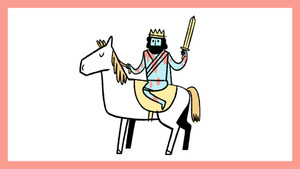
Day of the Lord

Holy Spirit
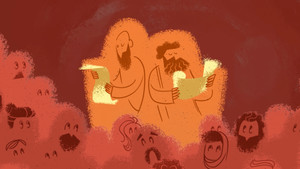
Public Reading of Scripture

Justice
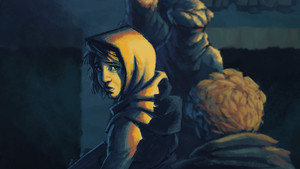
Exile

The Way of the Exile
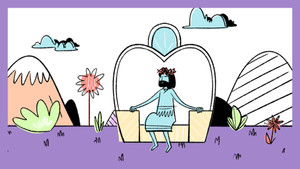
Son of Man

Temple

Generosity

Sabbath
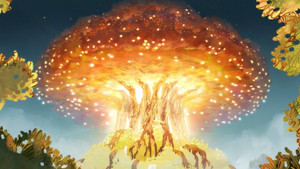
Tree of Life
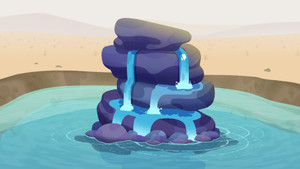
Water of Life
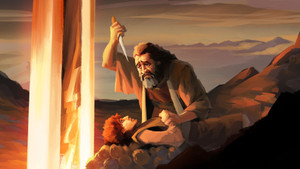
The Test
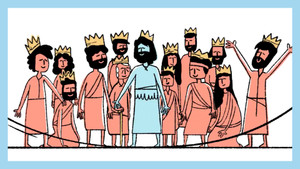
Eternal Life
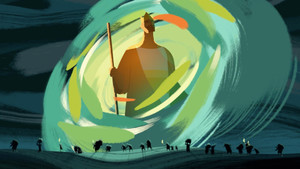
Blessing and Curse
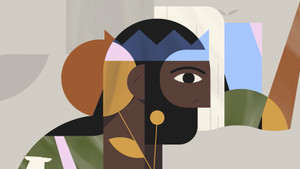
The Last Will Be First

Anointing
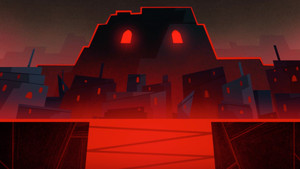
The City
